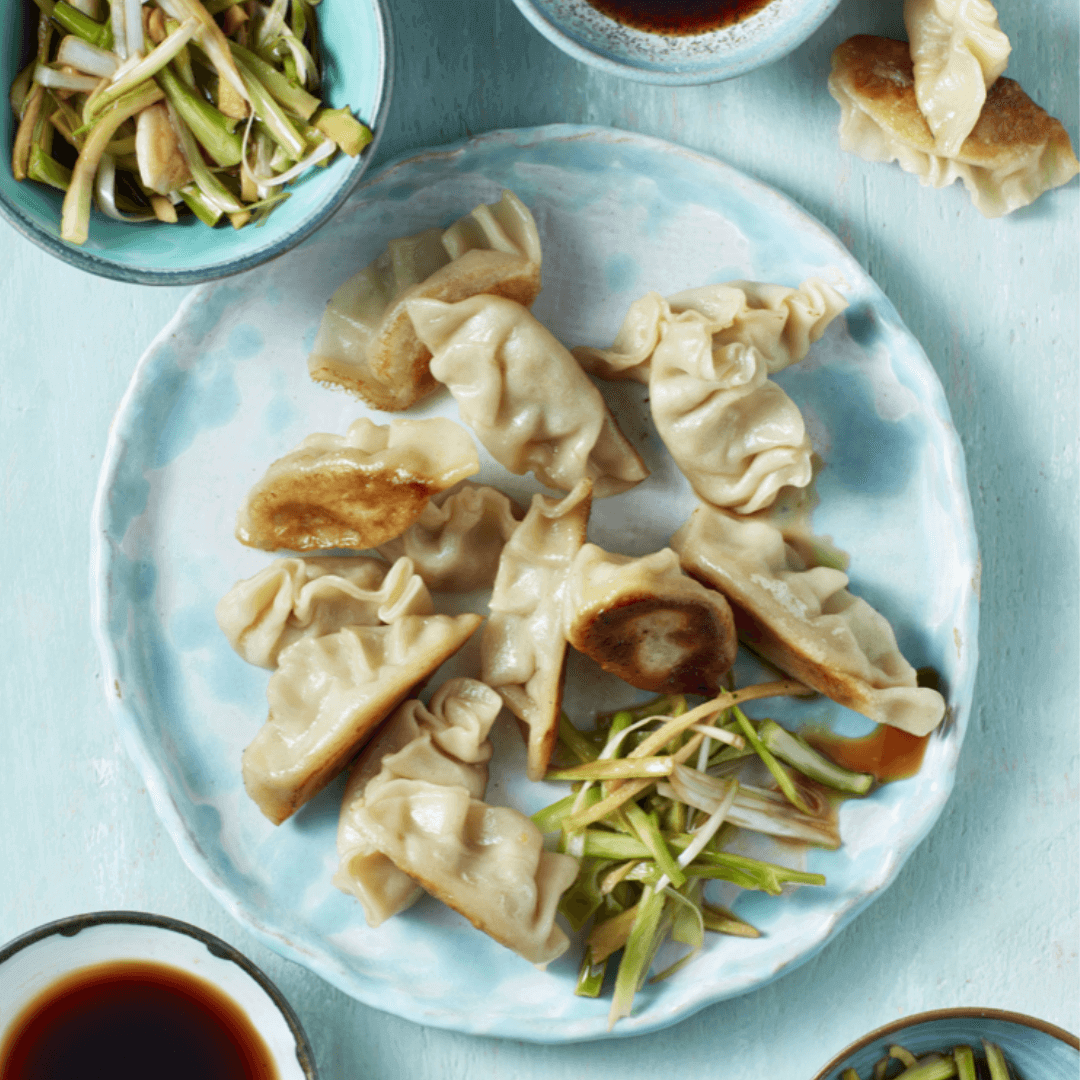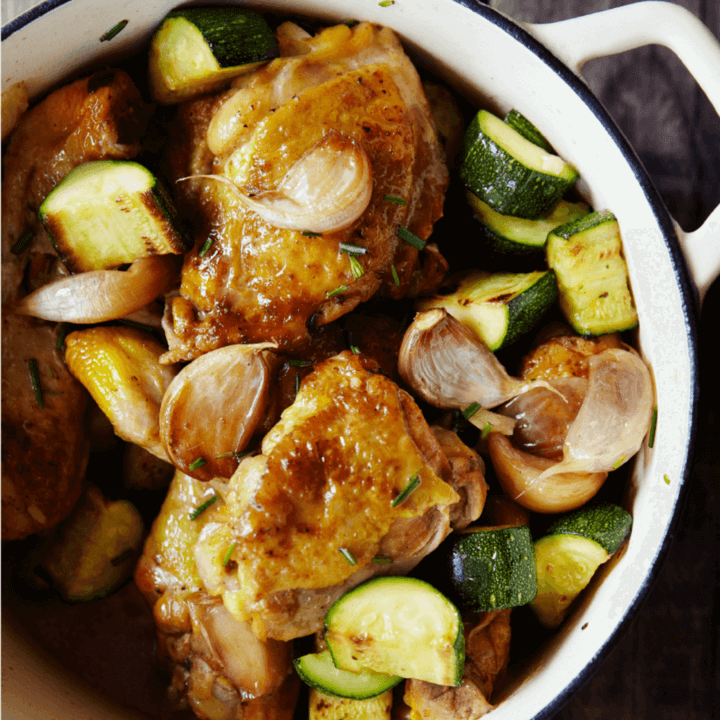
Fig & Lentil Salad from Virtually Vegan
Summer and salad go hand-in-hand and this offering from Heather Whinney’s Virtually Vegan is a fresh, sweet, figgy take on a summertime staple. Complete with a harissa
When the shops start to feature large displays of pink champagne and mountains of foil-wrapped chocolate hearts, it can mean only one thing – Valentine’s Day is upon us, and the chocolate season is about to start in a big way.
Valentine’s really has become more of a season than just a single day which can quickly undermine any healthy habits you established in January, as there’s a whole host of tempting treats available in the shops for several weeks. Even if you don’t specifically celebrate Valentine’s, it can be hard to resist adding a chocolate treat or bottle of fizz to your shopping trolley from time to time, when they’re so easy to hand.
So what can you do to keep the damage to a minimum? Here are a few handy hints to help you to avoid the vices and make a virtue out of Valentine’s.
Happy Valentine’s Day!
Jackie Lynch
The Right Bite
Available from March 2016
Preorder from Amazon now.
Sign up for our newsletter to get our new articles straight to your inbox every month.

Summer and salad go hand-in-hand and this offering from Heather Whinney’s Virtually Vegan is a fresh, sweet, figgy take on a summertime staple. Complete with a harissa

Too Good to Waste by Victoria Glass is THE guide to getting the very most out of your food, in the most delicious way possible! So much

Today we’re sharing a much coveted Real Bread: Slow Dough recipe – Cinnamon and Hazelnut Knots! These sweet knots are beloved all over Scandinavia, whip

We’re gearing up for the publication of French Countryside Cooking by Daniel Galmiche, coming your way on May 14th (pre-order your copy right here)! To celebrate, we’re sharing

Watkins Media Limited
Shepperton House unit 11
89 Shepperton Road
London, England
N1 3DF

Watkins Media Limited
Shepperton House unit 11
89 Shepperton Road
London, England
N1 3DF